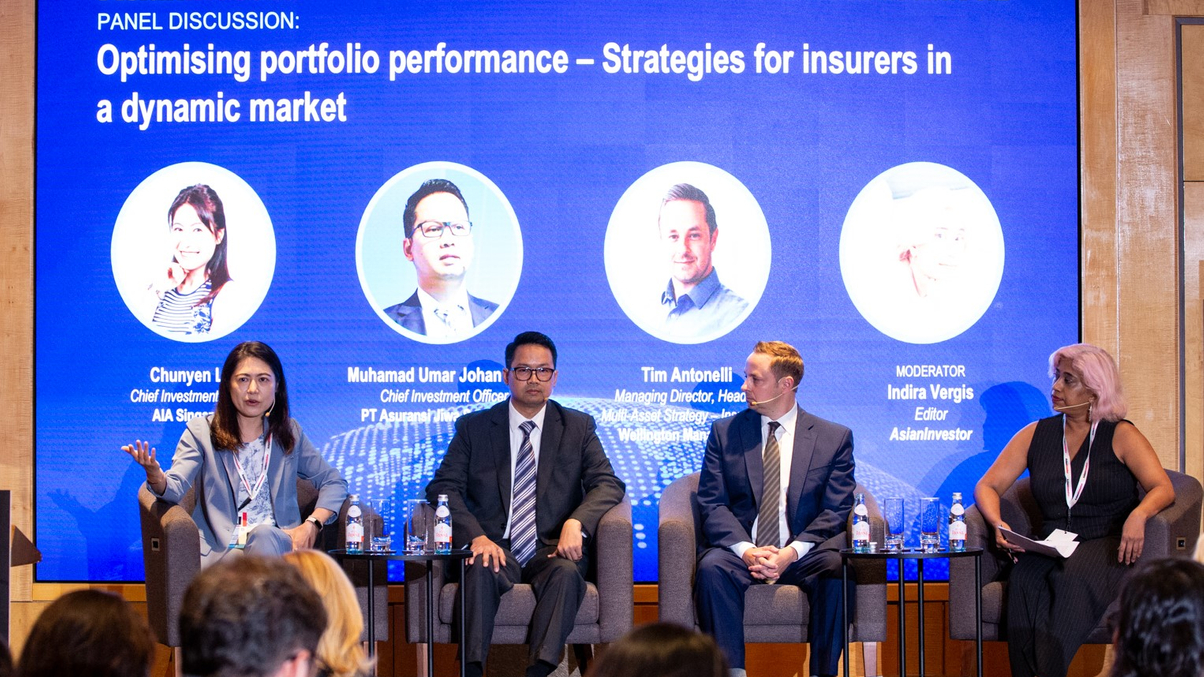AIA, Sequis Life adjust investments in anticipation of Fed cuts
The Fed’s rate pivot will change allocation preferences across asset classes and markets worldwide, delegates heard at AsianInvestor’s Insurance Investment Briefing in Singapore.

Sign in to read on!
Registered users get 2 free articles in 30 days.
Subscribers have full unlimited access to AsianInvestor
Not signed up? New users get 2 free articles per month, plus a 7-day unlimited free trial.
¬ Haymarket Media Limited. All rights reserved.


